Ask John: Which Anime Have Underperformed in America?
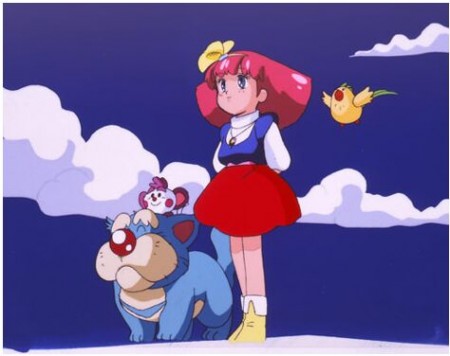
Question:
What are some of the most famous, respected and influential animes that were released here but never got anywhere near the attention from the American fandom that they enjoyed in Japan (like Galaxy Express 999)?
Answer:
A variety of tremendously successful Japanese anime titles have reached America only to find disappointing embrace. But in several instances the American reception must be levied largely on American fans themselves rather than deficiencies in the American release. Galaxy Express 999 is one of Japan’s most celebrated anime series. It’s consistently been a near flop in America despite all three theatrical films being released on American home video, the complete TV series getting a digital release, and the TV show getting a partial DVD release. Hokuto no Ken is likewise one of Japan’s most beloved anime series. Five different domestic distributors have been involved in ultimately releasing all three TV series and the original feature film on American home video, yet the series has never achieved quite the popularity it has in Japan. The Gintama franchise has been hugely successful in Japan, yet despite a domestic release of the theatrical feature and a DVD release of some of the TV series, the show hasn’t proven to be a big hit in America. Similarly, Crayon Shin-chan and Keroro Gunso have had phenomenal success in Japan but haven’t reached similar stratospheric success in America despite FUNimation’s best efforts.
However, a variety of other very successful in Japan anime titles have gone overlooked America seemingly due largely to underexposure. No title may suffer as much ignominy as Magical Princess Minky Momo. Since the franchise’s 1982 premiere, Minky Momo has had 128 TV episodes and four OVAs plus a theatrical short. In 2009 Production Reed even hinted at plans to revive the Minky Momo anime franchise to celebrate the series’ 30th anniversary. Those plans may have been hindered by the sudden death of Minky Momo creator Takeshi Shudo in 2010. While the Minky Momo franchise is one of Japan’s most beloved magical girl titles, and it remains a strikingly unique and unusual show even today, the only official American release of the anime has been a heavily edited & altered dub of the 1985 Yume no Naka no Rondo OVA under the American name “Gigi and the Fountain of Youth,” released in 1987.
The 1986 feature film Douwa Meita Senshi Windaria is one of the most loved and respected of all anime productions among hardcore otaku. Now out-of-print DVD copies on Japan’s branch of Amazon command $142 to $568 depending on edition & condition. The bitterly sad tragedy features lovely character designs by Mutsumi Inomata, who also served as animation director, and haunting vocal theme songs “Yakusoku” and “Utsukushii Hoshi” by otaku favorite vocalist Akino Arai. Yet the film has only been released on American VHS and DVD in an English dubbed version missing six-minutes of footage and having some of its original Japanese soundtrack replaced. The absence of a complete, unaltered version of this masterpiece in America is a second tragedy.
Although not especially influential, the 35-episode 1988 Sonic Soldier Borgman television series was a major hit in Japan at the end of the golden era, spawning even a three-episode revival in 1993. However, despite the success of the series in Japan, only the series’ original two sequel OVAs were released in America. Regrettably, while both OVAs are comprehensible, they’re both obviously designed to be watched only after the TV series. So American viewers got the epilogues without the main body of the story.
Studio Gallop’s adaptation of Miho Obana’s award-winning Kodomo no Omocha shoujo comedy manga debuted as a little-seen 1995 “pilot” OVA then the following year received a tremendously popular 102-episode television series. Regrettably, due to unfortunate timing, licensing restrictions, and evolving tastes in the American otaku community, by the time the TV series reached official American release in August 2005, American interest in the title had largely waned, and only the first 51 episodes ever saw official American release. Although extremely popular in America’s VHS-era fansub circuit, by the time the show received an official American DVD release, it didn’t achieve breakout popularity.
Similarly, 2001’s Jungle wa Itsumo Haré Nochi Guu television series was very popular in the American fansub circuit and was successful enough in Japan to have its 26-episode television series extended by 13 OVAs divided over two mini-series. But by the time the title finally reached American DVD in February 2006, a combination of limited exposure and consumer ennui smothered the show’s potential success, resulting in only the first two of the three anime series reaching official American release, and the show never being re-acquired for re-released.
The Hana Yori Dango shoujo drama franchise has included a 51-episode 1996 television series, a 1997 alternate-continuity anime film, five live-action television series in Taiwan, Japan, and South Korea, and two live-action Japanese feature films. Yet despite the original manga becoming Japan’s best-selling shoujo manga of all time, a relatively poorly promoted & distributed American DVD release of the original anime TV series helped prevent the show from ever developing more than an underground cult following in America.
Leaf’s 1997 visual novel PC game ToHeart has become one of the definitive dating-sim franchises in Japan, spawning no less than 8 anime series adaptations. However, only the original 1999 13-episode anime TV series adaptation has ever been released in America, and it’s been out-of-print for several years now. So despite the ToHeart franchise achieving stratospheric success in Japan, it’s only received a niche-market limited official exposure in America and has only proven popular among a small cult of devoted American followers.
Toei’s ongoing Pretty Cure franchise presently has over 450 TV episodes split among 9 television series, and 14 feature-length movies, making it arguably the most successful magical girl anime series of all time. Yet the most official exposure the franchise has yet to receive in America is an official online stream of the complete first TV series from 2004. None of the Pretty Cure anime has ever reached American home video, and none of the subsequent 8 television series nor any of the feature films has ever received any official American release.
Toei’s Ojamajo Doremi magical girl franchise was also massively successful in Japan, spawning 214 episodes split over five series and two theatrical features. Yet despite becoming one of Toei’s most popular anime series, the show only received a limited, heavily altered American television and DVD release from 4Kids Entertainment. As far as I know, only one TV episode was ever released on American DVD, included exclusively with the individual “Magical Doremi Witchling Dorie Goodwyn, Mirabelle Haywood, and Reanne Griffith” six-inch dolls.
The Cream Lemon franchise is probably not the only other anime franchise to get under-represented and under-appreciated in America, but it’s the last one that immediately leaps to my mind. Although not the very first adult anime series (it’s the third), Fairy Dust’s Cream Lemon franchise remains Japan’s most successful adult anime series, having 44 installments released from 1984 through 2002, not to mention a 1997 live-action straight-to-video movie, a 2004 live-action theatrical film, and 9 live-action OVAs released from 2005 to 2007. Yet despite the fact that animators including Toshihiro Hirano (Iczer-One, Devilman Lady), Hideaki Anno (Evangelion), Hiroyuki Kitakubo (Blood: The Last Vampire), Yuji Moriyama (Project A-ko, Geobreeders), Toshiyuki Inoue (animation director on Denno Coil & Millennium Actress), and Satoshi Urushihara (Plastic Little) have been integral in the creation of the Cream Lemon franchise, the series remains largely unknown and unappreciated in America with only three of the anime episodes ever released on official American English dubbed home video and the “Ami Sorekara” series released on dubiously-licensed censored & non-translated American DVD by “Filmco Video.”
Add a Comment
You must be logged in to post a comment.
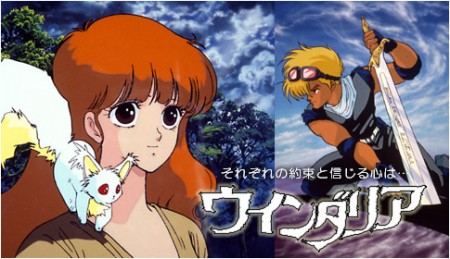

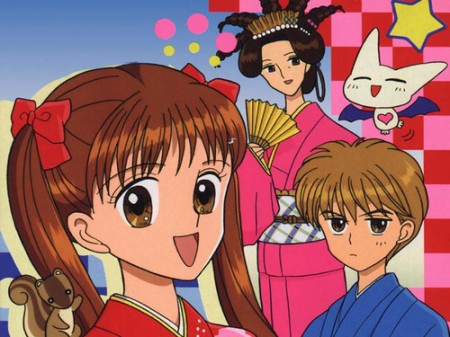
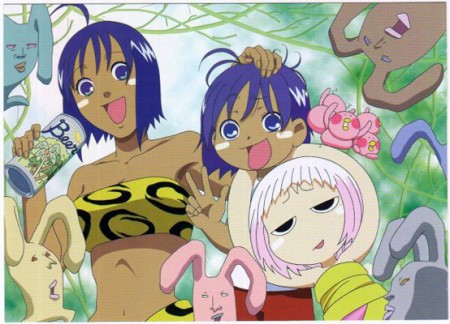
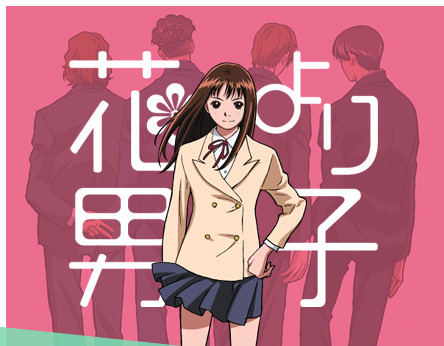
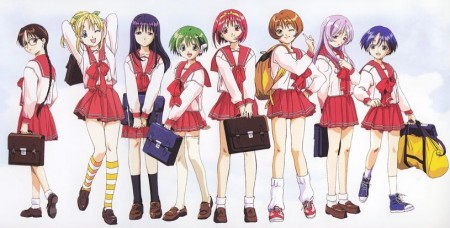
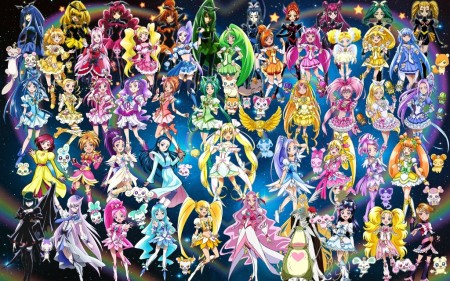
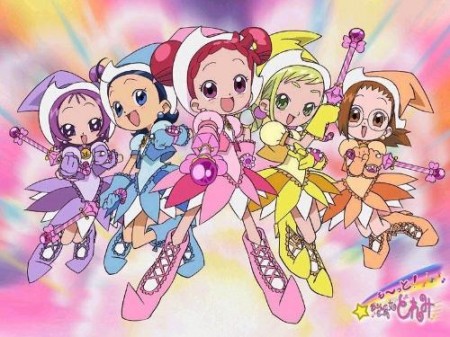
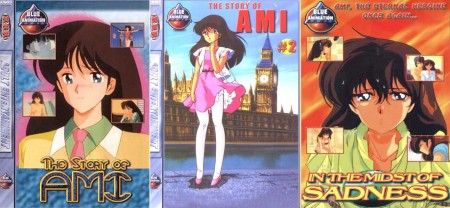


Seems like the narratives of failed releases in the modern age are those that are too mundane/mainstream for the US home video market, and those that are released too late for the savvy (read: have already watched it to the death on fansub years ago) otaku crowd. I mean, I liked really liked Guu at the time, but when the AnimeNation DVD version came out I was like god, I don’t want to watch that whole thing again.
Pretty Cure is probably the only thing on there with potential today. If they just slap modern Pretty Cure on Cartoon Network, it could gather a Sailor Moon / MLP-esque male fanbase I think. Pretty Cure is engineered for that.
“Galaxy Express 999 is one of Japan’s most celebrated anime series. It’s consistently been a near flop in America despite all three theatrical films being released on American home video, the complete TV series getting a digital release, and the TV show getting a partial DVD release.”
If you mean during the VHS era or with the manga, then yeah. But the movies made money for Discotek. The only reason the show bombed was ‘cus an a-hole company like S’more got its mitts on it.
“Five different domestic distributors have been involved in ultimately releasing all three TV series and the original feature film on American home video, yet the series has never achieved quite the popularity it has in Japan.”
Yeah, but I think it’s getting there with the help of the games. I just wish the 2000s Fist movies and OAVs were picked up.
“The Gintama franchise has been hugely successful in Japan, yet despite a domestic release of the theatrical feature and a DVD release of some of the TV series, the show hasn’t proven to be a big hit in America.”
It did partly alright, but it gets old fast.
“Similarly, Crayon Shin-chan and Keroro Gunso have had phenomenal success in Japan but haven’t reached similar stratospheric success in America despite FUNimation’s best efforts.”
Shin-chan might’ve had a chance, but it was released dub-only.
“Although extremely popular in America’s VHS-era fansub circuit, by the time the show received an official American DVD release, it didn’t achieve breakout popularity.”
Well, it didn’t help that FUNi marketed it about as well as 4Kids with One Piece.
” None of the Pretty Cure anime has ever reached American home video, and none of the subsequent 8 television series nor any of the feature films has ever received any official American release.”
It could be that Toupee is asking for more than it’s worth.